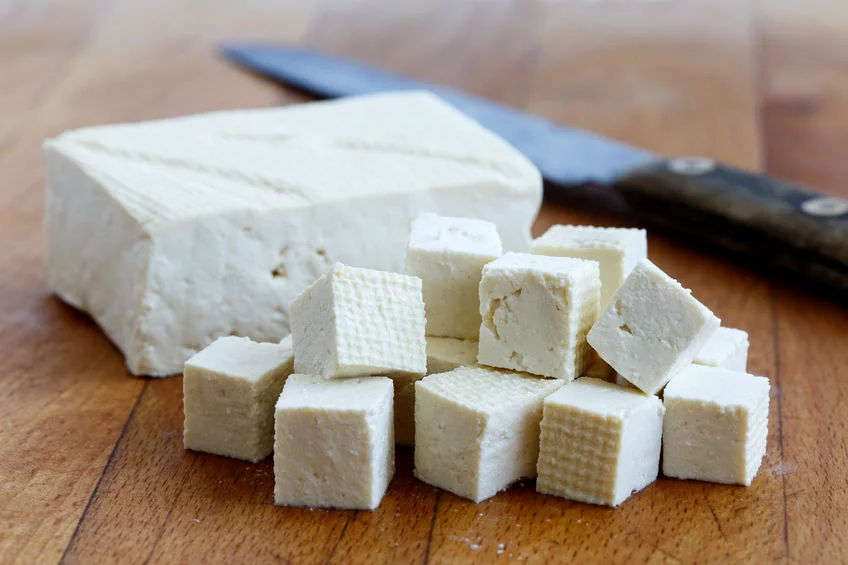The latest diet everyone is talking about is the Ketogenic diet. This diet is based on a high-fat, low-carb principle. A lot of people are using it to help lower blood sugar, feel fuller for longer, or even boost athletic performance. However, before you change your diet, let’s see how the keto diet works and if it is suited for you.
What Is The Ketogenic Diet?
The initial source of energy is derived from glucose, which comes from eating carbohydrates. When you eat fewer carbohydrates and eat more fat-rich foods, the body starts burning fat for energy, thus resulting in weight loss. This process is known as ketosis. The liver breaks down fat, thereby producing ketones, which are by-products of your metabolism. These ketones provide energy for the body when there is not enough glucose.
For this diet to work, one must be in a state of ketosis. You can test this by purchasing ketone strips that indicate ketones in the urine.
Pros And Cons Of A Keto Diet
It is always important to know what advantages a new diet can provide you as well as the disadvantages which come with it.
The potential health risks are as follows:
- You may suffer from fatigue, headaches, sleep problems, cramps, and diarrhea as a result of the Keto-flu (change in diet).
- Persons with diabetes may experience low blood sugar.
- High fat intake may negatively affect certain organs in the body such as the heart.
- Constipation and bloating may occur due to low fruit and veg intake.
- It may negatively affect your metabolism due to extreme changes in diet.
- Nutrient deficiencies may develop due to limited food groups.
Though there are benefits:
- Short-term weight loss.
- Persons with Type 2 Diabetes may see better blood glucose control.
- Supports children suffering from epilepsy.
- May improve athletic performance.
The Menu Plan Of A Keto Diet
With the keto diet, you will have to buy whole foods, fresh produce, and certain frozen foods. Processed foods, sweets, grains, and high-carb fruits will need to be limited or avoided from your diet.
Here are a few examples of foods for a standard Ketogenic Diet:
- Non-starchy vegetables – Leafy greens, broccoli, mushrooms, cabbage, and onions.
- Dairy – Eggs and cheese.
- Protein – Beef, pork, fish, poultry, and soybeans.
- Nuts and seeds – Walnuts, almonds, and sunflower seeds.
- Fats – Plant-based oils and butter.
- Fruits – Avocado, berries, coconut, and rhubarb.
The Bottom Line
The ketogenic diet restricts one from eating a lot of carbohydrates and encourages a high fat intake. This drastic change may be difficult for certain people and it is important to be strict with oneself if you decide to start using this diet.
It will be better to consult a healthcare professional, like a registered dietitian, if you wish to start using the keto diet. This is especially essential for persons who have a disease or illness where certain diets can add risk to their health.
If you wish to use the ketogenic diet to lose weight, you will have to remember that this is short-term and it comes with risks such as nutrient deficiencies, constipation, fatigue, and headaches.
Do you want to find an effective Keto treatment? Check out our top rated Keto products












